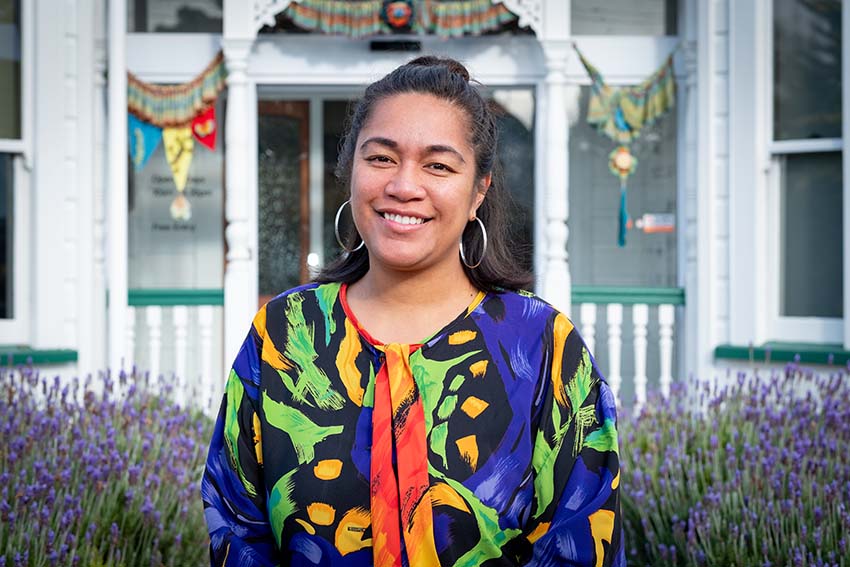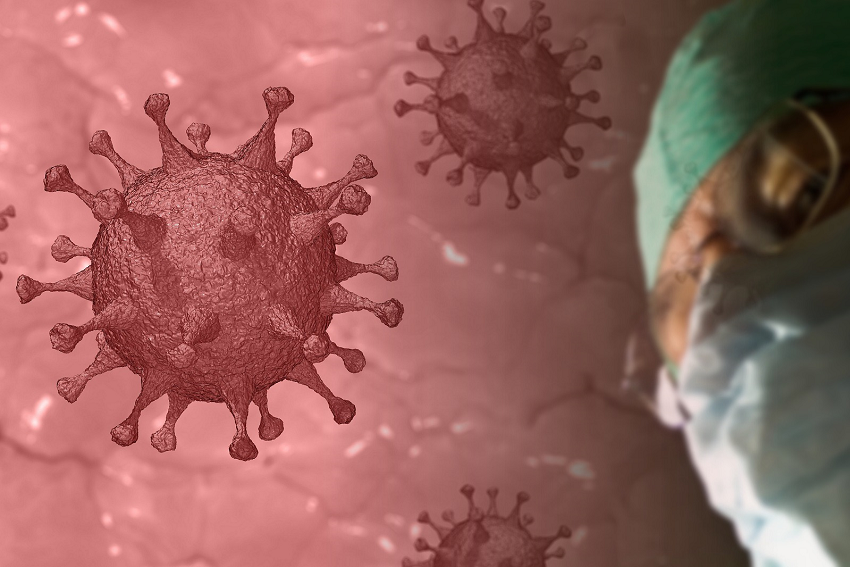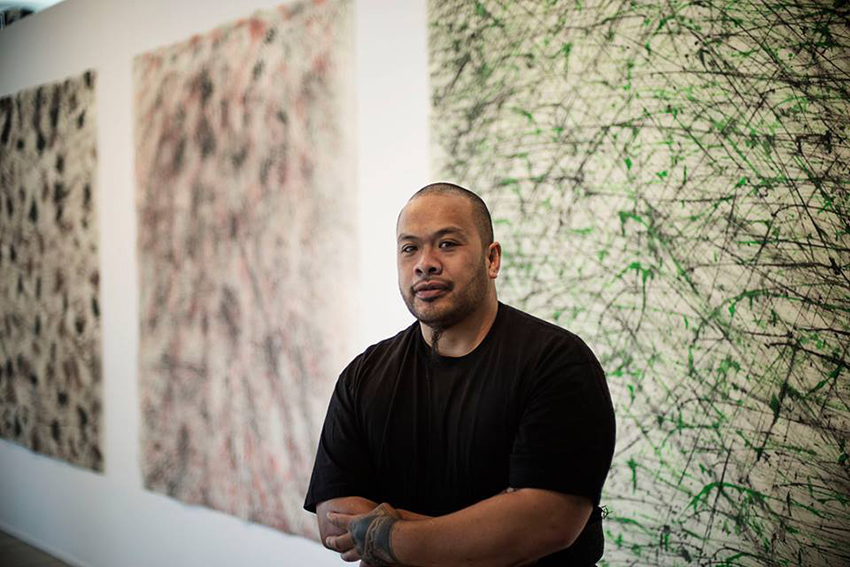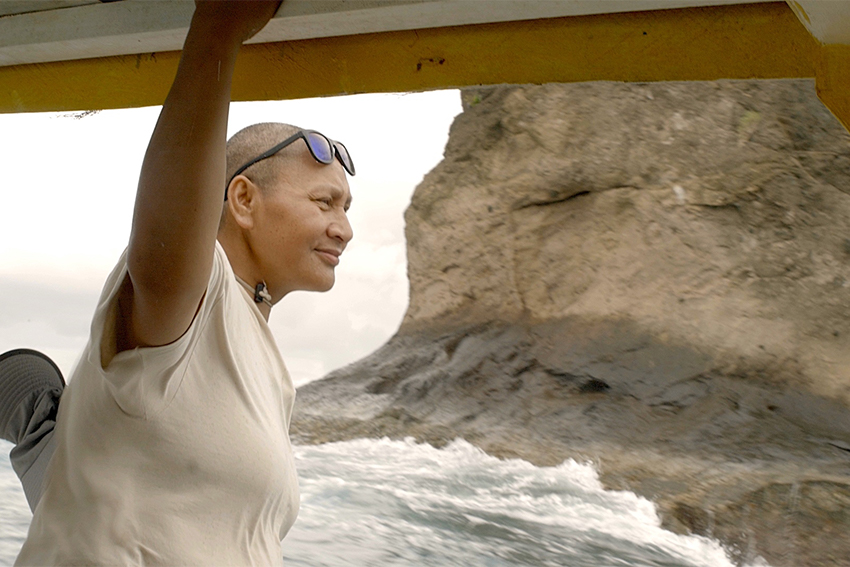News in the Faculty of Design and Creative Technologies - Te Ara Auaha
Visual arts alumna revives Niuean art
Art and design
24 Feb, 2021
Artist and AUT visual arts graduate Cora-Allan Wickliffe is reviving the ancient Niuean art of hiapo.New low cost COVID-19 antibody test
Engineering, computer and mathematical sciences
23 Feb, 2021
A new Kode Technology COVID-19 antibody test costs a fraction of current diagnostics using existing laboratory technology.AUT alumnus wins major artist residency
Art and design
19 Feb, 2021
AUT visual arts alumnus Kalisolaite 'Uhila has been awarded the Art Foundation’s prestigious $100,000 Harriet Friedlander Residency.Passion for entrepreneurship and design
Art and design
18 Feb, 2021
Alumnus Sam Gray shares with us how his passion for entrepreneurship and design led him to become the CEO and founder for two companies.LOIMATA film wins Grand Prix at FIFO
Communication studies
16 Feb, 2021
Documentary LOIMATA, The Sweetest Tears, has won the Grand Prix du Jury at Tahiti’s prestige FIFO, (Festival International du Film Documentaire Océanien).Greater media literacy is vital
Communication studies
09 Feb, 2021
In an age of digital disinformation, dropping level 1 media studies in NZ high schools is a big mistake, says Professor Wayne Hope.Creative technologies
04 Feb, 2021
Two students at AUT have designed a simple yet powerful answer to the distance and isolation brought on by the COVID-19 pandemic.Evolving architecture for future needs
Architecture and built environment
03 Feb, 2021
With the increased pace of technological and ecological change, designing for the future is critical. AUT’s architecture programmes address this challenge.BioDesign Lab delivers new solutions
Engineering, computer and mathematical sciences
28 Jan, 2021
New facemask technology is one of many innovative technologies and therapies developed by researchers at the AUT BioDesign Lab.Communication studies
20 Jan, 2021
Trump’s time is up, but his Twitter legacy lives on in the global spread of QAnon conspiracy theories, writes Professor Verica Rupar.








